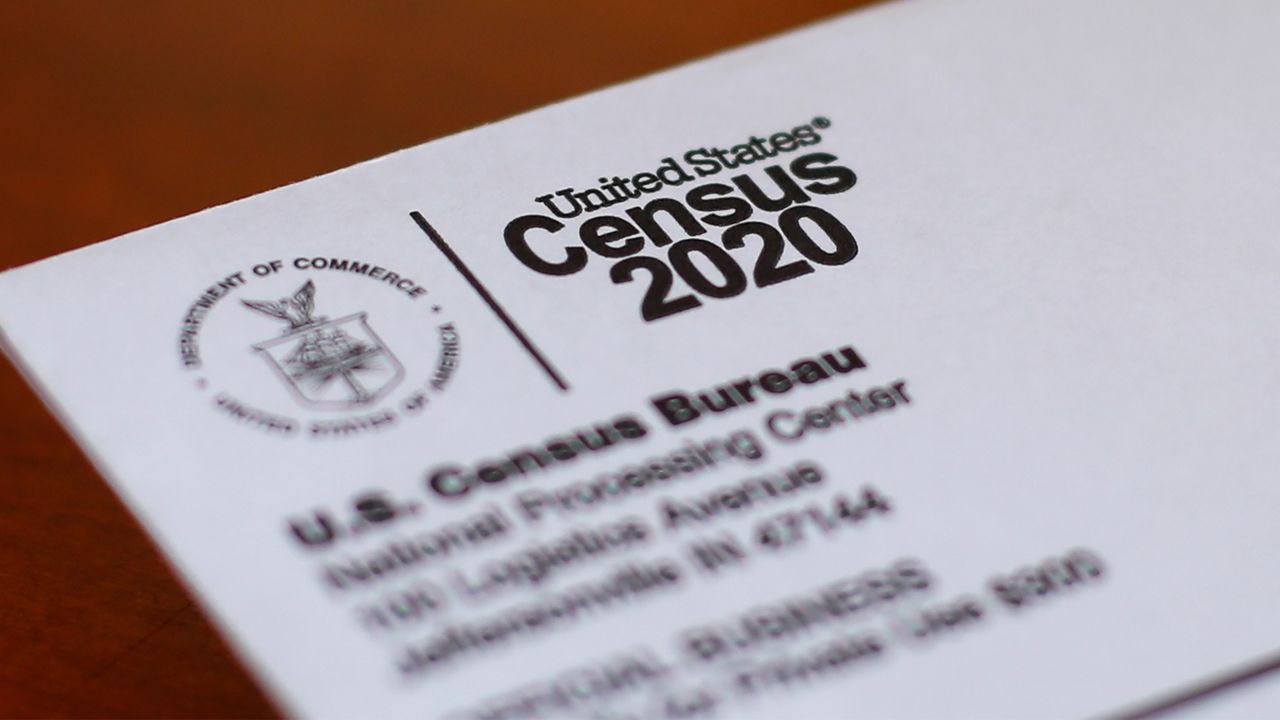The U.S. population is getting older.
The country’s median age is now 38.9 years — the highest it’s ever been, according to new U.S. Census Bureau data released Thursday.
“As the nation’s median age creeps closer to 40, you can really see how the aging of baby boomers, and now their children — sometimes called echo boomers — is impacting the median age,” Census Bureau Demographer Kristie Wilder said in a statement.
The median American age in 2000 was 35. In 1980, it was 30.
Some states had median ages well above or below the national average. Maine had the highest median age (44.8), followed by New Hampshire (43.3). Utah had the lowest median age (31.9), followed by the District of Columbia (34.8) and Texas (35.5).
Individual counties saw even larger variations. Seven counties had median ages of 60 or older: Highland County, Virginia (60); Charlotte County, Florida (60.2), Jefferson County, Washington (60.4); Harding County, New Mexico (60.5); Jeff Davis County, Texas (61.7); Catron County, New Mexico (62.1); and Sumter County, Florida (68.1).
Seven counties with populations of at least 100,000 had median ages below 30, many of them in areas with large universities: Utah County, Utah (25.7); Cache County, Utah (25.8); Onslow County, North Carolina (27.6%); Tippecanoe County, Indiana (28.8); Clarke County, Georgia (29.1); Brazos County, Texas (26.7); and Webb County, Texas (29.8).
“While natural change nationally has been positive, as there have been more births than deaths, birth rates have gradually declined over the past two decades,” Wilder said. “Without a rapidly growing young population, the U.S. median age will likely continue its slow but steady rise.”
The median age increased .2 years between 2021 and 2022, according to the U.S. Census.
Birth rates declined an average of 2% per year from 2007 to 2013, and 1% per year from 2014 to 2019, according to the U.S. Centers for Disease Control. While births were up 1% in 2021 compared with 2020, the overall number of births was still lower than in 2019.










